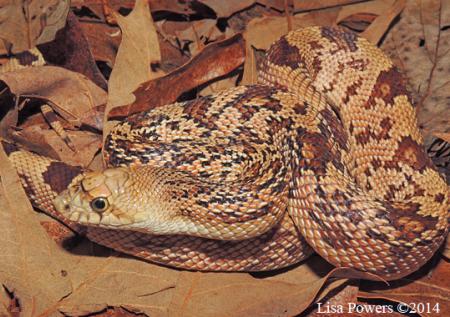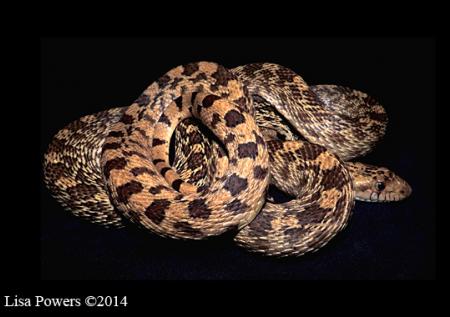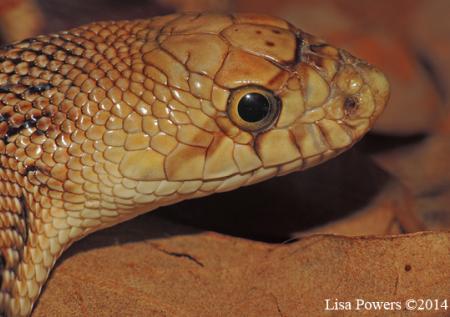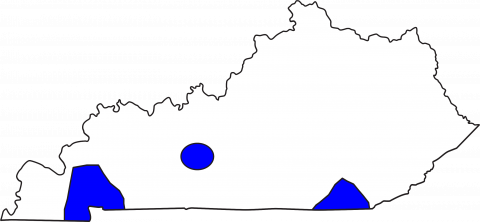Pinesnake (Pituophis melanoleucus)

Click a thumbnail below to view the larger image:




Have you seen a Pinesnake?
Click the Report Snake button below to reporting seeing a Pinesnake.
Report Snake SightingAppearance
This large, heavy-bodied snake has a whitish to yellowish dorsum (back) with large, black blotches. The belly is whitish. Pinesnakes have keeled scales and single anal plate.
Size
Pinesnakes are one of the largest snakes in Kentucky reaching up to 6 feet in total length.
Habitat/Range
These snakes have a restricted range in Kentucky. Populations are known from the Land Between the Lakes National Recreation Area, southeastern Kentucky and south-central Kentucky. These snakes inhabit woodlands, abandoned agricultural fields and other areas with dry, sandy soils.
Natural History
These snakes spend a good portion of the active season underground in burrows. Individuals are most often seen aboveground in the spring, which is likely related to mating behavior. Females construct long burrows and deposit eggs at the end of the burrow. Eggs hatch in late summer or early fall. Pinesnakes are constrictors and prey upon rabbits, squirrels and other rodents, and occasionally bird eggs. They are likely eaten by hawks and coyotes.
Notes/Miscellaneous
Pinesnakes often hiss loudly when encountered. This hissing resembles the sound of a rattlesnake. Unfortunately, Pinesnakes may be killed because of this resemblance. Although these snakes can be quite large, they are harmless. Pinesnakes are considered a “Species of Greatest Conservation Need” by Kentucky Department of Fish and Wildlife Resources.
